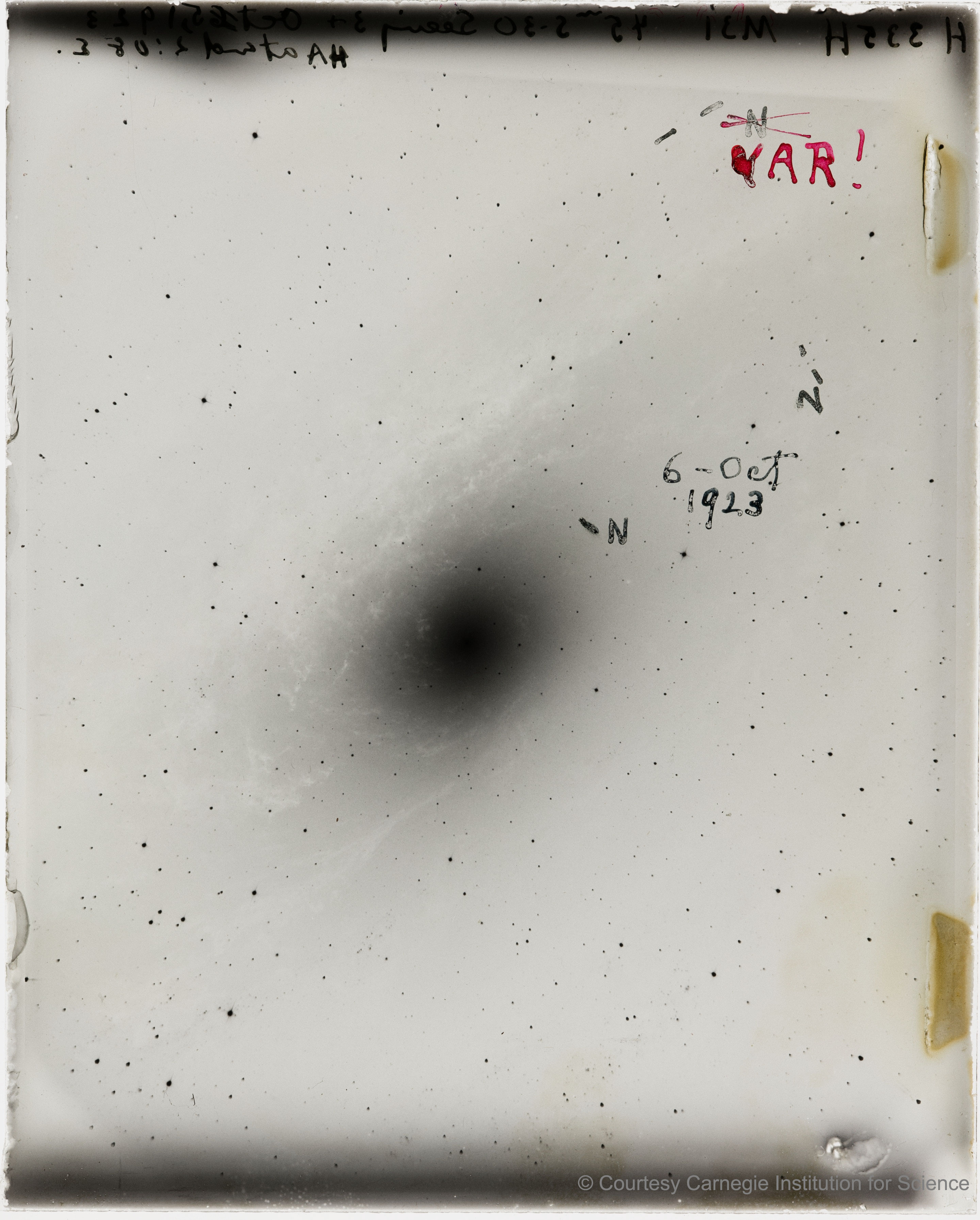Thinking of the latest announcements for Nobel prizes: physics, chemistry, peace …
Can the mind-boggling, awe-inspiring scale of the universe improve the odds of our collective survival? An expanding overview effect?
“I believe our future depends powerfully on how well we understand this Cosmos in which we float like a mote of dust in the morning sky.” – Carl Sagan, Cosmos (1980)
Well, that hardly seems the case currently. With so much conflict from claims of exceptionalism and supremacy. And without viable alternatives for those attached to political and physical violence.
“Human beings have a demonstrated talent for self-deception when their emotions are stirred. … we’ve accumulated dangerous evolutionary baggage — propensities for aggression and ritual, submission to leaders, hostility to outsiders … Which aspects of our nature will prevail is uncertain, particularly when our visions and prospects are bound to one small part of the small planet Earth.” – Carl Sagan, Cosmos (1980)
So, an expanding vision. At a practical level. Win-win’s, rather than a winner’s might. Realizing a deeper, wider connection to others.
• Science Daily > “Awe-inspiring science can have a positive effect on mental wellbeing” by University of Warwick (October 5, 2023) – Psychologists have revealed a profound connection between the spirituality of science and positive wellbeing, much like the benefits traditionally associated with religion [such as feelings of awe and wonder].
This recent APOD (below) reminds us that in 1920: “Many astronomers then believed that our Milky Way Galaxy was the entire universe.” Modern images from the HST and JWST make the notion of an island universe peculiar.
Now, almost one hundred years later, it is difficult to fully appreciate how much our picture of the universe has changed in the span of a single human lifetime. As far as the scientific community in 1917 was concerned, the universe was static and eternal, and consisted of a single galaxy, our Milky Way, surrounded by a vast, infinite, dark, and empty space. This is, after all, what you would guess by looking up at the night sky with your eyes, or with a small telescope, and at the time there was little reason to suspect otherwise. — Krauss, Lawrence. A Universe from Nothing: Why There Is Something Rather than Nothing (pp. 1-2). Atria Books (2012). Kindle Edition.
• NASA > APOD > “Edwin Hubble Discovers the Universe” (2023 October 6)

Edwin Hubble Discovers the Universe
Image Credit & Copyright: Courtesy Carnegie Institution for Science
Explanation
How big is our universe?
This question, among others, was debated by two leading astronomers in 1920 in what has since become known as astronomy’s Great Debate.
Many astronomers then believed that our Milky Way Galaxy was the entire universe. Many others, though, believed that our galaxy was just one of many.
In the Great Debate, each argument was detailed, but no consensus was reached.
The answer came over three years later with the detected variation of single spot in the Andromeda Nebula, as shown on the original glass discovery plate digitally reproduced here.
When Edwin Hubble compared images, he noticed that this spot varied, and on October 6, 1923 wrote “VAR!” on the plate.
The best explanation, Hubble knew, was that this spot was the image of a variable star that was very far away.
So M31 was really the Andromeda Galaxy – a galaxy possibly similar to our own.
Annotated 100 years ago, the featured image may not be pretty, but the variable spot on it opened a window through which humanity gazed knowingly, for the first time, into a surprisingly vast cosmos.

Here’s a useful historical recap of the observatory where Edwin Hubble discovered the Universe. I vaguely recall visiting the Mt. Wilson Observatory once or twice when I attended Caltech. There was some snow.
• Phys.org > “Saving Mt. Wilson Observatory: Inside the long battle to maintain the spot where we found our place in the universe” by Corinne Purtill, LA Times (October 8, 2023) – The nonprofit Mt. Wilson Institute and volunteers have done a heroic job of keeping the grounds and telescopes open for visitors and the few scientists still working there.
This recent Science Asylum video is an excellent overview of how the cosmic distance ladder evolved.
• YouTube > The Science Asylum > “We Can’t Measure* Distance In Outer Space!” (October 30, 2023)